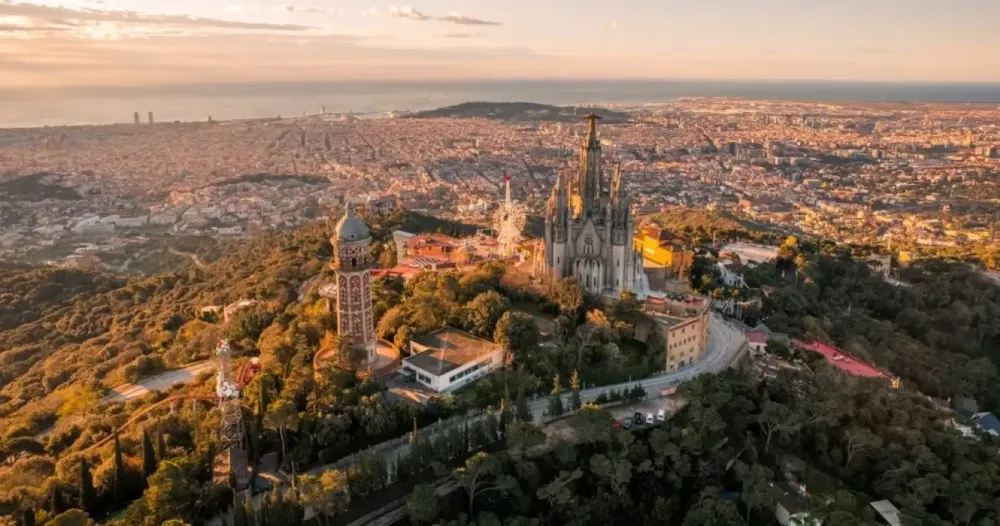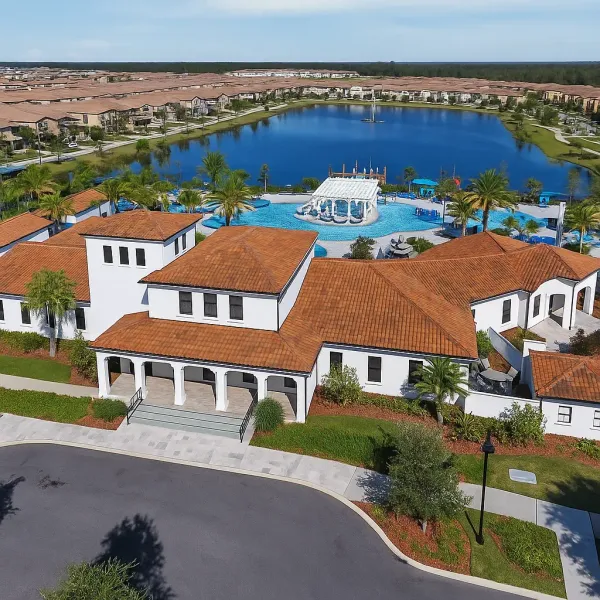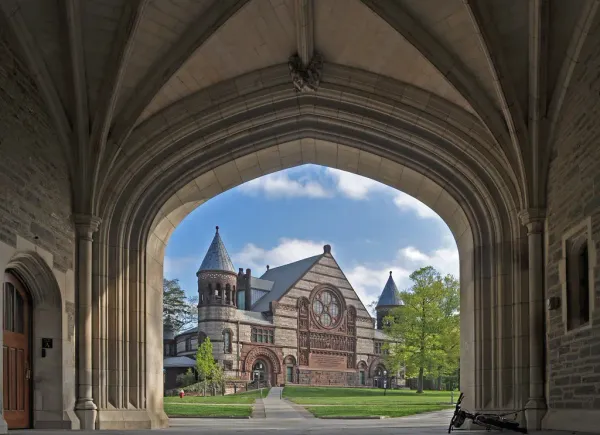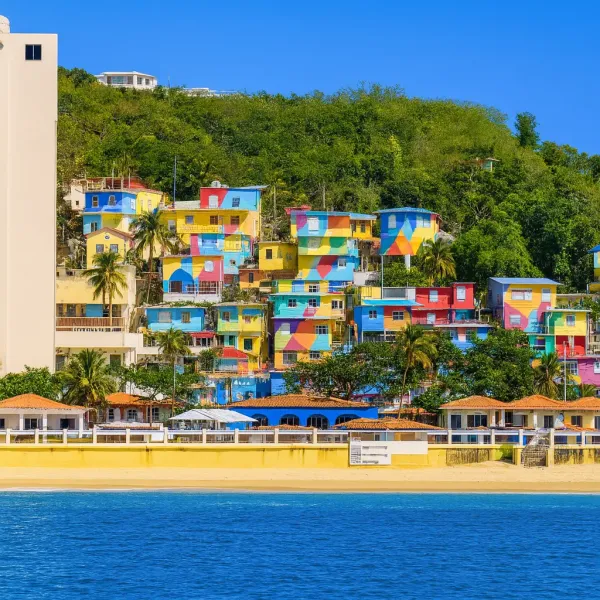Who Needs Barcelona? 5 Secret Corners of Catalonia You Should Visit Instead
Barcelona, a city famed for its Gaudí architecture and vibrant street life, now welcomes over 32 million visitors annually—a staggering number that has begun to weigh heavily on local life. From increasingly congested streets to skyrocketing rent prices driven by a boom in short-term rentals, the Catalan capital is undergoing a much-needed re-evaluation of its tourism strategy. In a bold move, the city's mayor recently announced a plan to ban all holiday apartments by 2028 in an effort to alleviate pressure on housing. Meanwhile, some locals have made headlines for protesting overtourism—most memorably by using water guns to spray tourists picnicking along the famous La Rambla.
Yet beyond the urban frenzy lies a Catalonia that remains serene, soulful, and deeply authentic. The region unfolds into sprawling mountain ranges, rural villages where time slows down, and coastlines that haven’t yet been swept up in the tide of global tourism.
Some of my most cherished travel memories are rooted in these quieter corners—whether hiking in the Pyrenees, getting lost in rustic farmlands, or enjoying unhurried meals in countryside restaurants where the menu hasn’t changed in decades. These five destinations may not be completely unknown, but they continue to fly under the radar for most international visitors. If you're seeking something more intimate, these places offer a different lens through which to experience Catalonia—one that feels like discovery rather than itinerary-checking.
1. La Cerdanya: A Sun-Drenched Valley in the Pyrenees
La Cerdanya is a high valley in the Pyrenees that’s often overlooked despite its postcard-perfect scenery and deep historical roots. The place names alone—Ur, Er, Ger, Urtx, Ix, Age, All—might trip up your tongue, but they trace back to the region’s pre-Roman, Basque-related heritage, adding an intriguing linguistic twist to your visit.
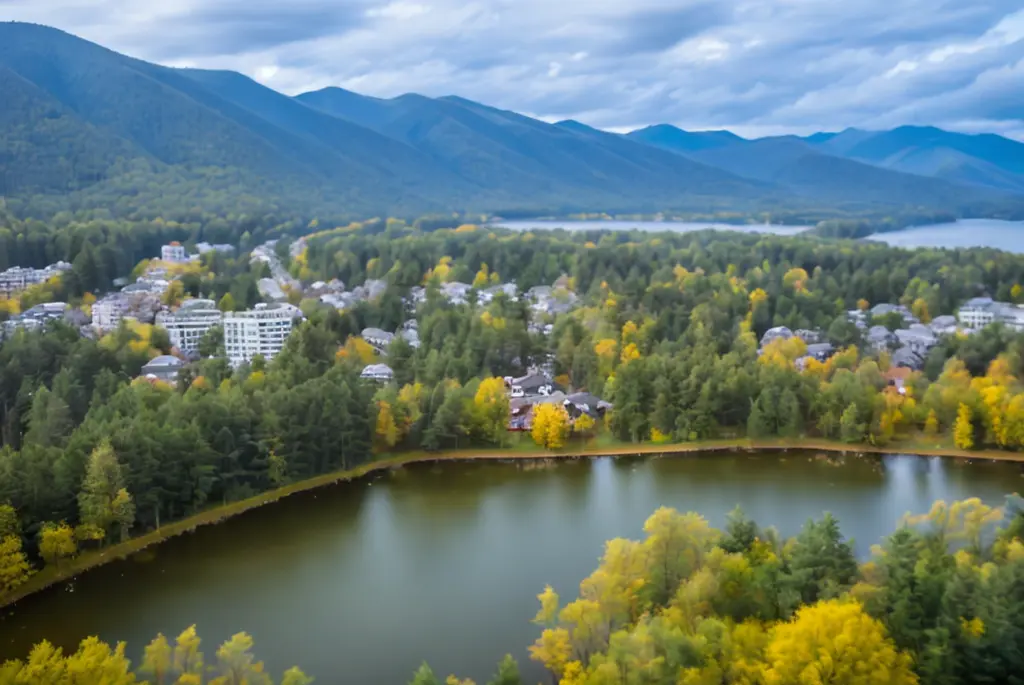
Contrary to their sharp-sounding names, the landscapes are gentle and expansive. The valley is flanked by snow-capped peaks but enjoys a sunnier, drier microclimate than other parts of the Pyrenees. The scenery—open fields, slate-roofed villages, and winding forest trails—reminded me of Austria’s alpine countryside, but with a distinct Catalan soul. It’s no wonder that La Molina, Spain’s very first ski resort, was founded here in the early 20th century.
One of my favorite hikes was from Bellver de Cerdanya to Talló, following a network of well-marked footpaths that pass stone farmhouses, Romanesque chapels, and flower-filled meadows. It’s the kind of place where biking or walking feels more natural than driving. If you're looking for a base, Puigcerdà is a charming hilltop town with beautiful lake views and several cozy rural hotels and self-catering cottages scattered throughout the valley. The entire region invites you to slow down, breathe deep, and explore on foot.
2. Pallars Jussà: Adventure and Heritage in the Heart of Lleida
Tucked into the province of Lleida, Pallars Jussà blends outdoor adventure with rugged beauty and a touch of medieval romance. The landscape here is dominated by gorges carved by the Noguera Pallaresa River, a turquoise ribbon winding through rock formations that beg to be explored.
If you're drawn to the outdoors, there’s no shortage of activities: whitewater rafting, canyoning, wild swimming, and trail hiking all await. One of my most exhilarating experiences was rafting near Llavorsí, where the rapids gave just enough adrenaline without feeling overwhelming. For those seeking calm, the Mont-rebei Gorge is a stunning spot—its narrow cliffside paths and suspended bridges offer jaw-dropping views without the crowds you’d find in more famous canyons.
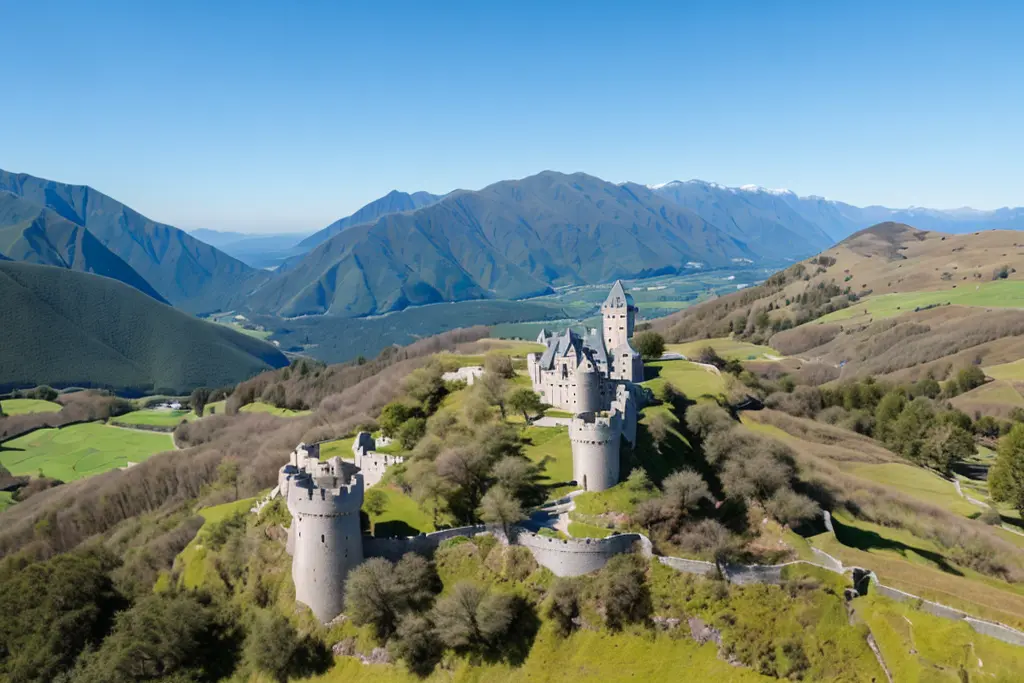
Nature here doesn’t just serve recreation; it also preserves centuries of culture. The Valle de Boí, located nearby, is home to nine UNESCO-listed Romanesque churches. And if you’re interested in landscapes shaped by ice and time, head to Vall de Fosca, where glacial lakes sit beneath densely forested slopes. I once took the cable car up to Lake Gento, and the serenity up there was almost spiritual.
Reaching Pallars Jussà is easier than most expect. From Lleida city, hop aboard the vintage Tren dels Llacs ("Lake Train") from May to October. The old-fashioned railcars and scenic mountain views make the journey as enjoyable as the destination itself.
You can explore the area on a day trip from Lleida city on the vintage Tren des Llacs – the Lake Train – which operates from May to October.
3. Costa del Maresme: Seaside Serenity Just Beyond the City
Often bypassed by tourists rushing north to the Costa Brava, the Costa del Maresme offers a string of seaside towns that are far less crowded but every bit as beautiful. Stretching from Montgat just outside Barcelona up to the Tordera River, this coastal zone is ideal for beachgoers, food lovers, and architecture fans alike.
One summer afternoon, I found myself lingering in Sant Pol de Mar, a quaint fishing village with whitewashed buildings and crescent-shaped beaches. It’s the kind of place where the pace of life seems governed by the tides. Just a few kilometers away lies Caldes d’Estrac, where you can soak in thermal baths rich in minerals that have been used for healing since Roman times.
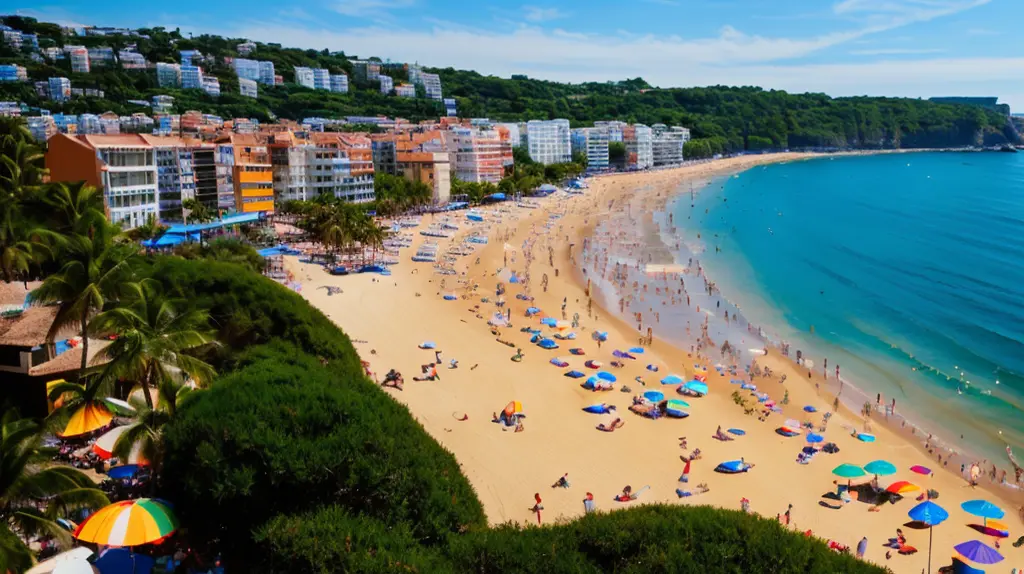
For a deeper dive into Catalonia’s cultural identity, explore the Modernista architecture that dots the region. In Mataró, you’ll find Casa Coll i Regàs, an architectural gem by Puig i Cadafalch. And in Canet de Mar, the Casa Museu Lluís Domènech i Montaner gives an intimate glimpse into the life of one of Catalonia’s most celebrated architects.
And yes, Game of Thrones fans will instantly recognize Santa Florentina Castle, which appeared in season six. But beyond the fandom, this 11th-century fortress offers a compelling look into Catalonia’s feudal past—and it’s much more enjoyable without the elbow-to-elbow crowds of other GoT filming locations.
4. The Priorat: Wine Country with Monastic Roots
Nestled in Tarragona province, about a two-hour drive from Barcelona, the Priorat is a region that seduces quietly. Its terraced vineyards, rolling hills, and sun-drenched villages give it a cinematic quality, yet its soul lies in its earthy authenticity.
This is one of only two regions in Spain with DOQ (Denominació d'Origen Qualificada) status, the highest classification for wine. The vines here grow in llicorella, a flaky slate soil that gives the wine its mineral-rich character. The transformation of Priorat’s wine scene in the 1990s—from rustic table wine to global acclaim—is one of Europe’s most compelling viticultural stories.
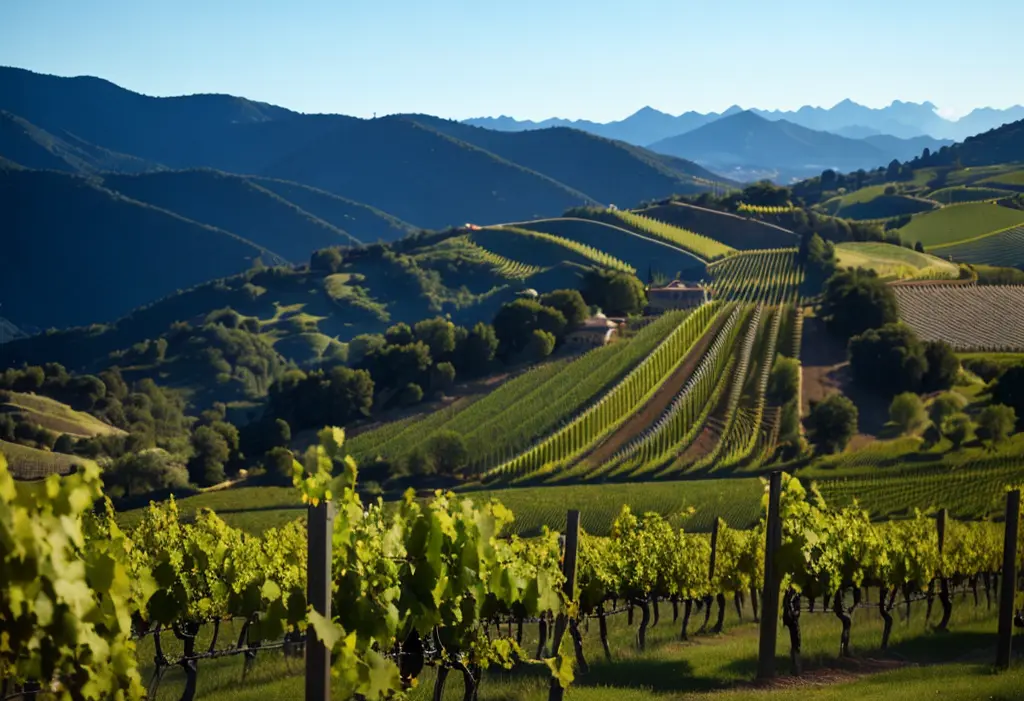
During my last visit, I stayed near the village of Gratallops, a hub for boutique wineries like Costers del Siurana. Tasting their white Garnacha while overlooking the Siurana River was a moment of pure bliss. A visit to Escaladei, the ruins of a 12th-century Carthusian monastery, added a historical layer to the experience. It was here that monks first cultivated vines, setting the stage for the region’s vinous legacy.
There’s also incredible food to be found—simple, local, and deeply satisfying. Think grilled lamb, arbequina olives, and cheeses paired with robust reds. Whether you're a seasoned wine enthusiast or just curious, the Priorat offers a grounded, immersive experience you won’t soon forget.
5. The Ebro Delta
Roughly halfway between Barcelona and Valencia, the Ebro Delta is one of Spain’s most important wetlands—a unique biosphere of rice paddies, coastal dunes, and shallow lagoons teeming with birdlife. It's the kind of place where flamingos and windsurfers share the same horizon.
I remember cycling along the Camarles trails, a flat, scenic route ideal for slow exploration. Along the way, herons flitted across the rice fields, and I stopped for fresh oysters at a small roadside shack that had no sign but offered some of the best shellfish I’ve ever tasted. The Musclarium boat tour from Sant Carles de la Ràpita is another highlight, where you can sample mussels straight from the sea while sipping Cava and watching the sunset over the bay.
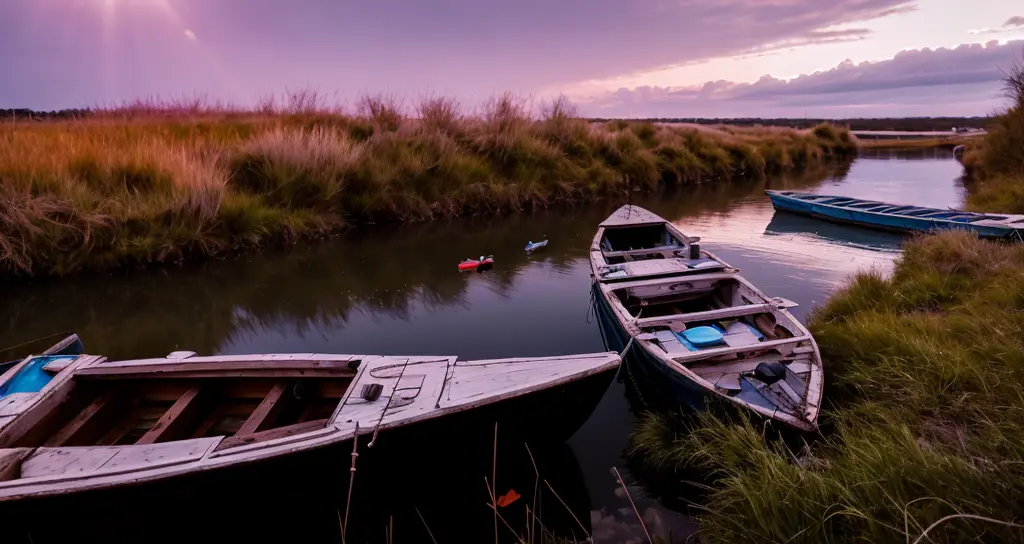
For more active travelers, the area offers kitesurfing, paddleboarding, kayaking, and even off-the-beaten-path wildlife spotting. Nature lovers will appreciate the peaceful reserves like Punta del Fangar, with its iconic lighthouse standing guard over a Martian-like landscape.
Despite its ecological richness, the Ebro Delta remains refreshingly uncrowded. It’s a haven for eco-conscious travelers, birdwatchers, and anyone craving a side of Catalonia where time flows with the tides, not traffic.
In Sant Carles de la Ràpita, Natura y Aventura offers various adventurous activities. A boat trip across the bay with Musclarium allows you to savor fresh mussels and oysters while enjoying Cava.
FAQs
1. What is Catalonia known for besides Barcelona?
Beyond its capital, Catalonia is renowned for its diverse natural landscapes, from the Pyrenees mountains to coastal hideaways like the Ebro Delta and the Costa del Maresme. It also boasts a strong culinary tradition and world-class wine regions like Priorat.
2. How far is the Ebro Delta from Barcelona?
The Ebro Delta is about 180 kilometers (112 miles) south of Barcelona. By car, the drive takes around two hours, making it a doable day trip or a great weekend escape.
3. Is La Cerdanya worth visiting in summer?
Absolutely. With its sunny climate, green alpine valleys, and charming mountain villages, La Cerdanya offers excellent hiking and biking opportunities, along with cultural experiences rooted in Catalonia's rural heritage.


